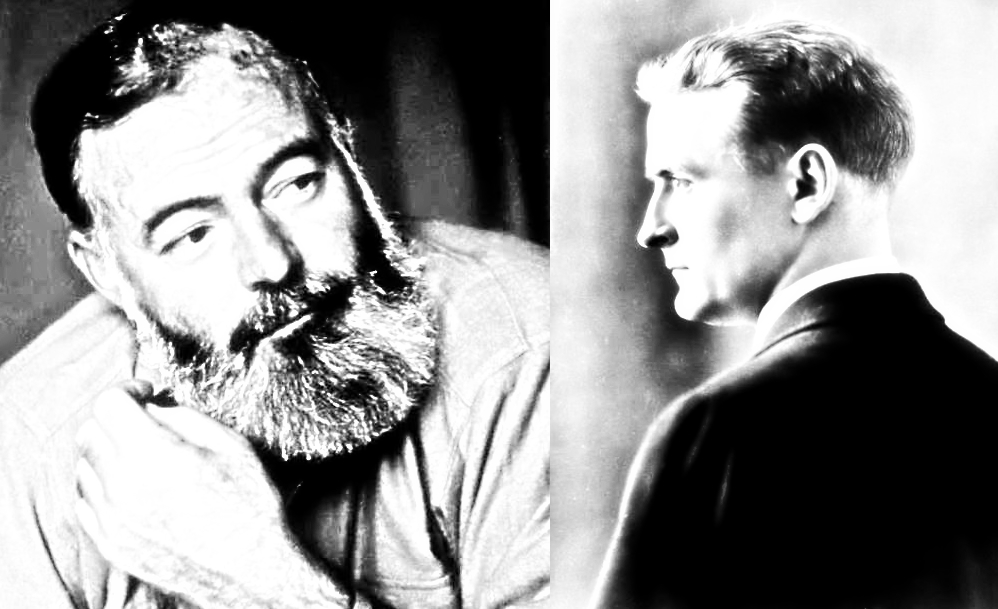Verb tense can be a difficult grammar skill to master. Essentially, verb tense asks writers to be aware of their sentences in complex ways, from the mundane story to the complex essay. Likewise, you have to ask yourself a few questions: Are you writing in the present tense or past tense? And if you are unsure, how can you be sure?
Using past tense in stories
Typically, a written narrative is written in the past tense because you are telling a story that has happened in the past. As such, you should focus on your past tense verbs in writing.
For example:
“I went to the park yesterday and saw some of my friends playing a game. They let me join, but they said I had to be the scorer. I hated being the scorer.”
In this example, we can look at words like “went,” “saw,” “said,” and “hated” as indications of tense. The narrator had “gone” to the park, and they “hated” being the scorer. It’s important to keep this tense consistent so we don’t confuse the reader.
Additional examples:
Incorrect: I opens my Christmas gift and cries because of its beauty.
Correct: I opened my Christmas gift and cried because of its beauty.
Using present tense for essays
The following rule is one I mess up all the time, because it seems wholly unnatural. However, it makes sense once you read it.
“In The Wonderful Wizard of Oz, Dorothy meets the Tin Man and he joins her on her adventure. The Cowardly Lion soon joins them and they head off to the Emerald City together.”
While we might assume that the action of the novel has taken place, it is the present experience that we are writing about, as if we ourselves are telling the story. Therefore, we are in the moment of the telling.
Incorrect: In Chapter 3 of A Connecticut Yankee in King Arthur’s Court by Mark Twain, Hank Morgan looked at the knights as they came over the hill and swallowed his pride.
Correct: In Chapter 3 of A Connecticut Yankee in King Arthur’s Court by Mark Twain, Hank Morgan sees knights riding over the hill and this makes him swallow his pride.
Conclusion
Knowing what tense your story or essay is in will keep you consistent. Write the tense down in the margin if you must or in your text’s footnotes; that way, when exploring options in revision, you know what resources to seek out. As well, please keep in mind that tenses are tricky and when to use the correct one might be a matter of consulting a handbook or a reliable grammar website. Focusing on these issues often as a mode of editing will keep your skills sharp and your tense in tact.
Remember: providing clear explanations and descriptions is ideal and using correct verb tense can help you sound like you are a professional in your field.







